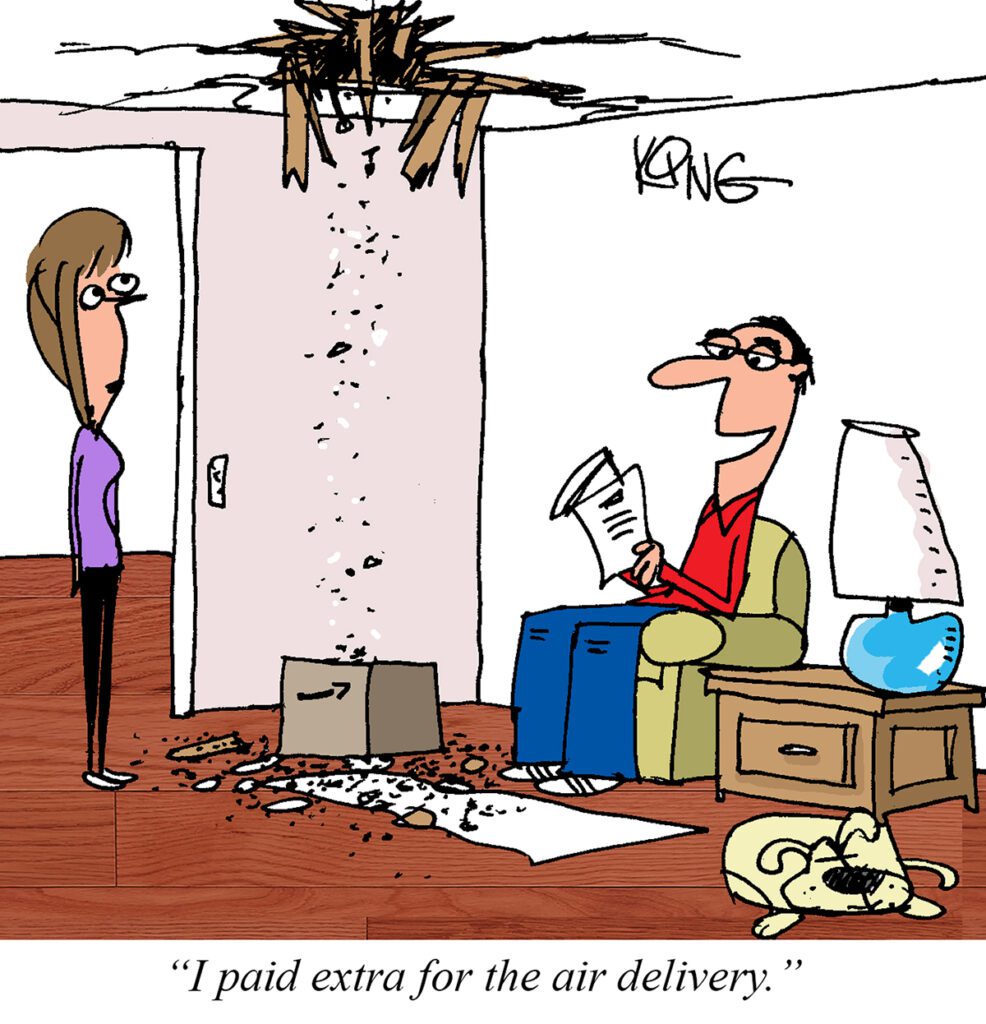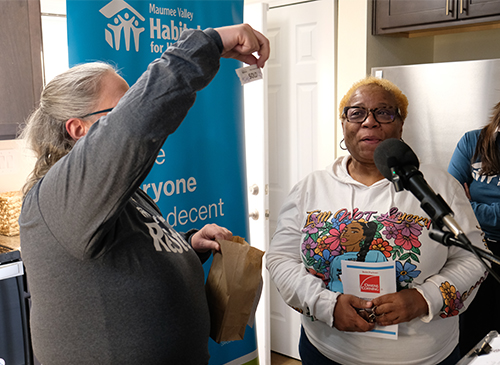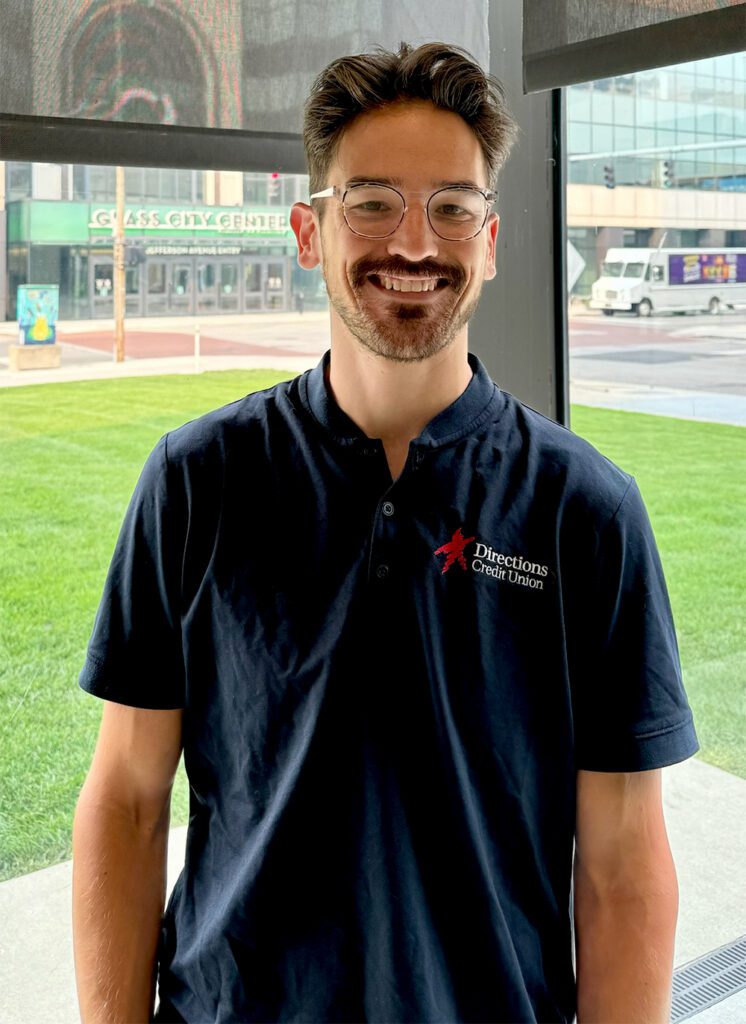The question I am often asked is whether or not parents should vaccinate their children. In fact, in our practice, there seems to be more resistance to vaccinations since COVID.
I personally feel that one of the reasons there is an increase in resistance is the recent fear that COVID vaccinations were going to be made mandatory across the board. Although my personal stance is in support of the majority of vaccines, I also believe that it should be a parent’s choice.
In human nature, when we tell somebody they “have to do something,” there is usually resistance and often a reaction to do the opposite. As strongly as I believe in most vaccines, I also feel as strongly that parents should have a choice.
As providers, I believe it is our job to educate parents about the risks and benefits of vaccines. We should be educating them about the diseases vaccines prevent, as well as teaching them about the repercussions of contracting the diseases. That should be in both verbal and written form at all of their well care visits. This is another important reason to have their scheduled well care visits, as set by the American Academy of Pediatrics.
I have frequently been asked, especially by other providers, why I will continue to see patients whose parents will not allow their child to be vaccinated. And I have a few reasons. To reiterate, I believe it is the parent’s right to make that choice for their child. It is also not the child’s choice; it is the parent’s choice, so by not seeing the child who are we, as providers, punishing?
If there are no providers that will see children who are not vaccinated, they will have to resort to using urgent cares and emergency rooms, as this will be the only form of healthcare available to them. Not only does this overwhelm the urgent cares and the emergency rooms for issues that should be seen in primary care office, it is also not good continuity of care for the child.
Also, in an urgent care or ER, you do not always see the same provider, and there is not a fluent record that can be read and obtained with each visit.
I think as providers we have to ask ourselves, why did we get into medicine to begin with? For me, it was to take care of patients, and I feel the best way to do that is to provide them with adequate education, good continuity of care, and to be available to them when they are ill. If I do not see unvaccinated children, I am not providing the care I feel is best for them.
With all that being said, here is why I think children should be vaccinated:
- Vaccines have been successful, in that we no longer see many of the diseases that used to cause severe illnesses and lasting disabilities. For example, whooping cough, tetanus, polio and meningitis are rarely seen in children anymore.
- There is a lot of information online that scares parents away from getting vaccines. Here is a video directly from the American Academy of Pediatrics’ healthychildren.org, where you can also find a lot medically researched information, access to immunization schedules, the specific vaccines and the diseases that they prevent.
In conclusion, I do support the majority of vaccines, but I also strongly support the parent’s right to choose. I can respect any choice a parent makes, as long as it is an educated choice – and when I say an educated choice, it needs to be one that is made from medically sound, researched information, not from just anything that pops up on a Google search.
It is our job as providers to present that information and educate our parents, and then allow them to make the choice.


































